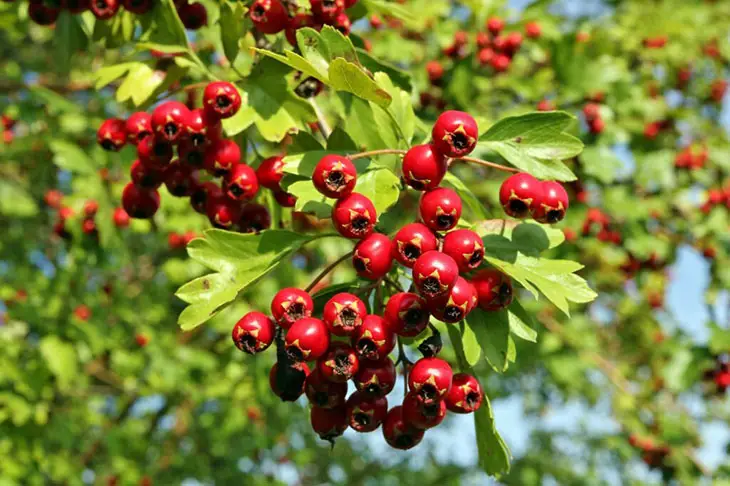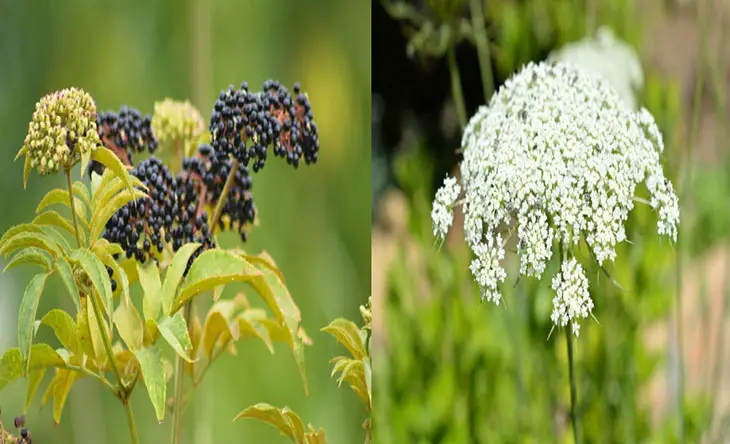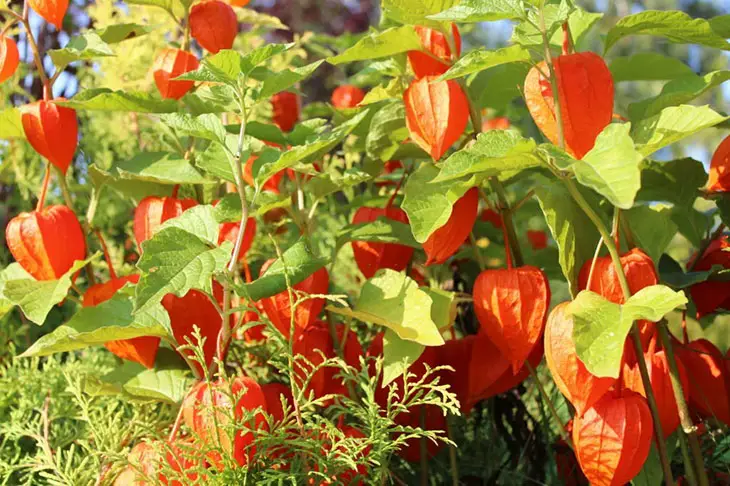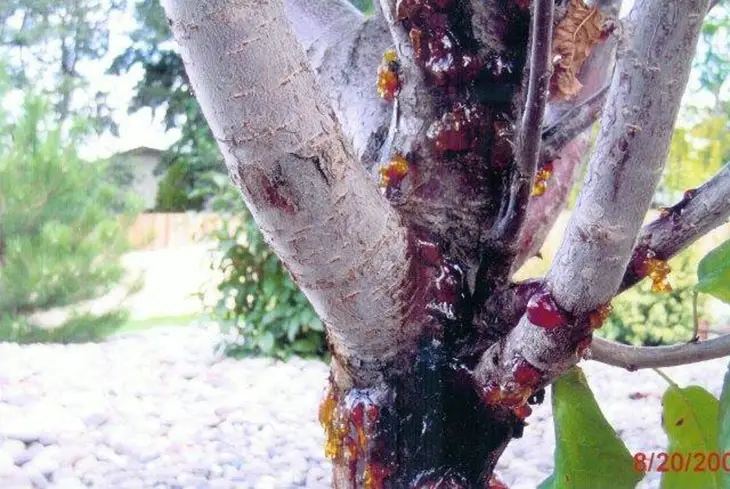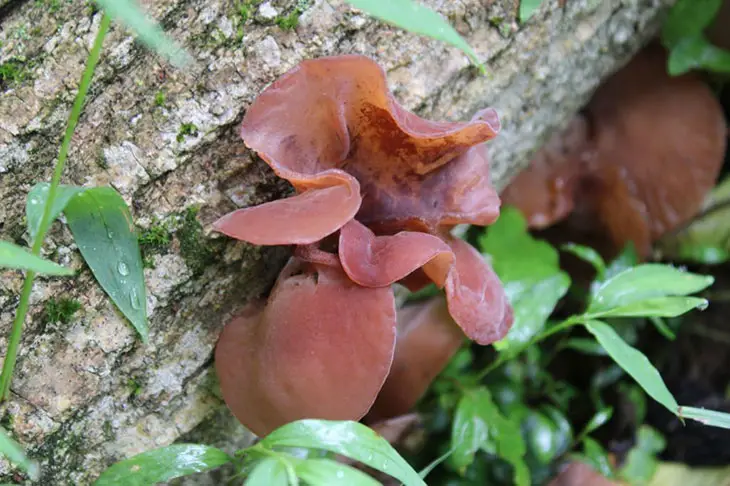
Mushrooms are the most diverse organism in the ecosystem, with numerous differences in families, names, or characteristics. The main cast of today’s article is the elephant ear mushroom.
This visually distinctive mushroom has stimulated much concern among nature enthusiasts, such as about a particular variety, consumability, or practical advantages.
We hope to satisfy your curiosity with a detailed description and explanation of this plant.
Only about half of the 14,000 scientifically-explored mushrooms are edible, while the rest are useless or toxic. Therefore, knowledge of this particular organism can protect you from unintended risks.
About Elephant Ear Mushroom

Background Information
The name “elephant ear” partly describes the appearance of the plant. Its caps usually have a vast diameter equal to or greater than 30 centimeters and approximately 10 centimeters in height.
The “veggie” is curved in a circular fan shape and has a wrinkled texture resembling elephant skin. Elephant ear mushrooms come in a wide range of sizes, colors, and textures.
Dark red, brown, or reddish brown are common variety colors of this fungus’ cap.
You can find them in hardwoods, deciduous forests, coniferous forests, and sandy soils.
Depending on the area and climate, these mushrooms usually grow in spring to early summer (middle of April to the end of July).
They can differentiate into terrestrial or aquatic plants based on the variety. That’s why sometimes we can call them coral.
Characteristics
Elephant ear mushrooms can be categorized into two lines: harmless and poisonous. If you contact or even eat the former, you rarely experience negative health effects.
Meanwhile, the other contains the toxin monomethylhydrazine, requiring high caution for curious plant enthusiasts.
Aside from the above division, the elephant ear mushroom has not demonstrated other outstanding characteristics.
Benefits
So far, the most obvious benefit of this “plant” is its contribution to the diversity of natural ecosystems. Certain advantages for human life, especially the medicinal benefits, are unproven.
Using elephant ear mushrooms as an alternative treatment has been rare up to now. However, edible varieties of this species can bring certain nutritional values to a meal.
Let’s go deeper into their 6 sorts in our next session.
Varieties Of Elephant Ear Mushroom
If you are lucky enough, you can encounter these elephant ear mushroom varieties in the wood: Fistulina hepatica, Gyromitra brunnea, Rhodactis mussoides, Gyromitra esculenta, Verpa bohemica, and Disciotis venosa.
Fistulina Hepatica
Fistulina hepatica is derived from the family Fistulina and class Agaricales, distributed mostly in Britain.
Recently, people can still catch them in broadleaved woodlands, oak trees, or some hardwood trees in North America, Australia, North Africa, and South Africa.
We can also call this type by other popular names: Beefsteak Mushroom, Ox ox tongue. Overall, the mushroom looks like a slice of raw meat.
The semi-circular cap has a diameter of approximately 22–25 cm and a maximum thickness of 5 cm.
Colors can vary in common tones, such as brown, dark red, or light pink. Notably, the texture is not wrinkled like its other siblings. Touching it, we can feel some dampness.
The edible Fistulina hepatica has a mildly tart flavor and a crunchy substance, but this beefsteak fungus rarely appears on menus.
Gyromitra Brunnea
This variety can be much more identifiable from their Gyromitra fellow thanks to the appearance specialty. Complex upward curves shape the cap into the saddle structure.
They have an indicative brown coloration whose color range can vary among species, such as fawn, sepia, or pink-brown.
The mushroom resembles general elephant ear mushrooms in the wrinkled surface and clear lobe division.
The species is commonly found in the Americas, specifically in the eastern or midwestern United States and southern Canada. Spring is the perfect time for their development.
This deathcap mushroom is not safe to touch or eat, so you should be careful about contact if you come across them in the forest.
Rhodactis Mussoides
It is a pretty special name on today’s list of elephant ear mushrooms. This aquatic organism is further descended from the family Discosomatidae and the class Anthozoa.
In the wild, mushroom corals survive in reefs, lagoons, or bays with a moderate light source. Research suggests they were born and bred better in the Indian Ocean, Pacific Ocean, and Australia.
Flat fan shape, green covering, and leathery texture are the 3 biggest characteristics of Rhodactis mussoides.
Their enormous size (around 24-25 cm in diameter) has classified them in the elephant ear mushroom category. It doesn’t matter if you call them a leafy coral or disc anemone.
Another interesting fact about this aquatic mushroom is that they are carnivores, whose food can be fish carcasses or tiny shrimp.
This fungus adapts quickly to indoor aquarium conditions. Aquarium enthusiasts can consider the Rhodactis mussoides as tank decoration.
Gyromitra Esculenta
Gyromitra esculenta is a notoriously toxic variety of the Pezizomycetes class and the family Discinaceae.
Its dark brown surface is highlighted by complicated wrinkles, quite similar to the structure of the human brain.
Therefore, it also has another name: brain mushroom. Some people shared that they got goosebumps when they saw their appearance for the first time.
This poisonous mushroom does not have a fixed distribution.
G.Esculenta is scattered in many places, typically sandy areas, pine and coniferous forests in Europe (England, Ireland), and Northern America from spring to early summer.
This wild “plant” contains the toxin Gyromitrin which is a lethal culprit of mushroom poisoning. When entering the human body, this substance will harm the nervous system, liver, and kidneys.
Verpa Boheminca
Here comes a spring fungus in the family Morchellaceae, whose shelter is mostly Northern American hardwood forests.
Distinguished from the above, which have the flat cap, this one’s cap tends to cluster into a cone or bell shape. Its size is relatively small in diameter and height.
The wrinkled, ridged skin explains why we define them as elephant ear mushrooms. Their color is also lighter and brighter, mostly pale yellow or white.
Verpa Bohemica is sometimes used in cooking in particular regions. However, you should still consult a plant expert if you intend to consume them.
Disciotis Venosa
The last variety represents the Morchellaceae family, mostly found in North America.
Their habitat spreads from hardwood trees and maple or oak forest to humid environments such as riparian wood. They grow more strongly at the end of spring and early summer (April-May).
The appearance of these wild mushrooms changes with their growth time. The cap is akin to a cup with a fairly smooth surface at the early stage.
The older the age, the flatter the cup expands and the more wrinkled the texture becomes.
The phenomenon is irregular. Some of them still stick with their initial visual manifestation over time. Their covering still revolves around different shades of brown.
Disciotis Venosa is believed to be usable for humans. In fact, its safety is still left vague. You should still think thoughtfully first.
Is Elephant Ear Mushroom Edible?
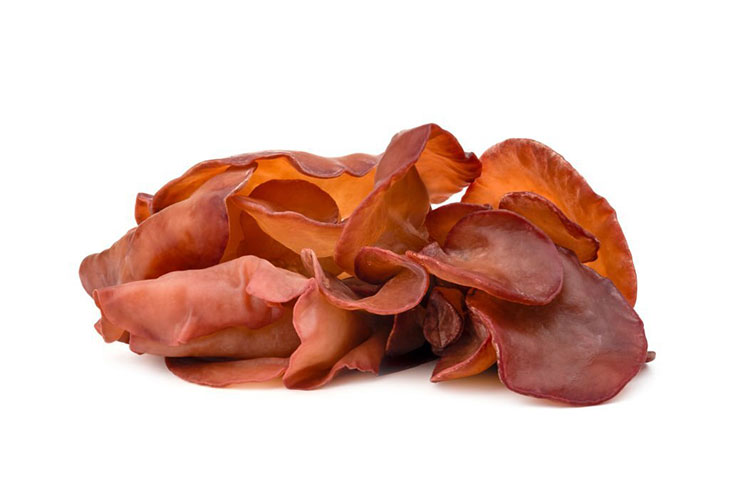
Yes, its edibility is determined by which type of elephant ear mushroom variety. The non-toxic ones, including Fistulina Hepatica and Disciotis Venosa, can become an element in your meal.
We disclaim that the consumability of almost elephant ear mushrooms has not proved absolutely. If your body status is sensitively allergic, these 3 above can still be risky for your safety.
Basically, this species’ essence is still inclined into the wild. They are rarely stocked and sold to the market.
Cooking elephant ear mushrooms is only applied in certain regions/territories and has been carried out by experienced mushroom hunters
Unfortunately, wild mushroom poisoning can be life-threatening.
You may experience stomach pain, dizziness, rash, difficulty breathing, or, more seriously, convulsions, nerve paralysis, and death, similar to when you eat a rotten avocado.
These cases can happen with those who do not skillfully distinguish edible and toxic types.
That’s why it is wiser to consume common types in the supermarket: wood ear mushroom, White Button, Shiitake, Crimino, Portobello, or beech.
Besides edible mushrooms, you had better care about unusual signs of veggies before consumption. Eating “strange” vegetables threatens your health more than you think.
Is Elephant Ear Mushroom A Medicinal Plant?
No. Health-wise, there has not been any research detecting advantages of elephant ear mushroom varieties. Traditional Eastern medicine has also seldom used this species in their treatments.
Instead, they prefer wood ear mushrooms, reishi, maitake, turkey tail mushrooms, etc.
They share similar health-related benefits, typically supporting the immune and nervous systems, maintaining stable glucose and cholesterol, purifying the inner body, and fighting cancer cell growth.
Is An Elephant Ear Mushroom A False Morel?
Yes, most terrestrial elephant ear mushrooms are categorized as false morels and warned against consumption. Let’s take a look at the characteristics of false Morel.
False Morel is the spring fungus that contains the toxin and carcinogen gyromitrin. Most of them have a rough and wrinkled surface, resembling the human brain (e.g. Gyromitra esculenta).
The color of false Morel boasts warm and dark tones such as reddish brown, purple-brown, and dark red.
Morel mushroom poisoning usually occurs 8 to 10 hours after consumption. The mortality rate can account for 36%.
Symptoms associated with ingestion include severe headache, vomiting, nausea, extreme dizziness, and diarrhea. If liver damage is too severe, it may even cause death.
However, the false Morel is still consumed in some countries or parts of Europe, namely Finland.
The sale of poisonous mushrooms always needs strict authenticity control with specific processing instructions.
Are Wood Ear and Elephant Ear Mushrooms the Same Thing?
No. Wood ear mushrooms and elephant ear mushrooms are totally different.
Wood ear mushroom belongs to the family Auriculariaceae and class Agaricomycetes. Their color is consistently brown, dark brown, or black.
Due to the wrinkled surface, many people mistake this type for an elephant ear category. If you pay attention, you will see that their size is much smaller than those of the elephant ear varieties.
While common elephant ear mushrooms reside in the deep forests of the Americas, edible wood ear mushrooms are found widely throughout Asia.
Countries in this region, like China or South Korea, regard them as a fundamental component of their cuisine.
You will probably feel the slight toughness and rubbery of the raw wood ear. Cooked mushrooms bring eaters a crisp texture and mildly sweet taste.
The medicinal value of wood ear has been well established. As a result, its extract is a well-known medicinal element in Eastern medicine.
How To Identify Morel Mushrooms or False Morel Mushrooms?
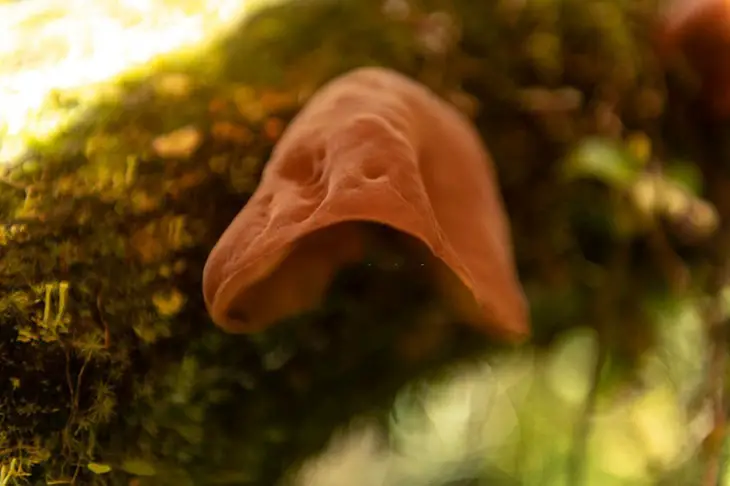
Get to know the difference between a false morel and a true one to protect yourself from unexpected circumstances.
Have you tried pinning down fruit trees via their leaves? You can also look at the mushroom’s cap to identify their morel type.
False Morel often revolves around dark mauve tones such as red, brown, pink-brown, and purple, while true Morel is brighter with yellow, light gray, or light brown.
In particular, the surface of false Morel also appears quite clearly divided lobes. But the appearance can’t speak for the whole. For the uninitiated, identifying the fungus by shape is still difficult.
The second way can be more accurate, but it will be risky if you are not a botanical expert. The guts of true Morel will always be hollow. Slicing mushrooms in half along the stem will lend you the answer.
Once you see thin white threads (like cotton) interwoven lengthwise, they are exactly the false Morel. In that case, it is better to stop thinking of eating them.
Conclusion
Thus, whether the elephant ear mushroom is edible depends on their variety. However, even if they are edible, their safety is not 100% ensured, which was repeated continuously in today’s post.
This wild species has a striking appearance, but how they can improve people’s lives is unclear.
Please pay extreme caution when using products that aren’t widely available on the market. If you love mushrooms, you still have several alternatives for your menus.
